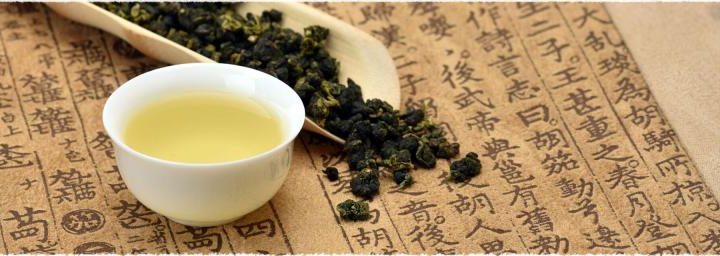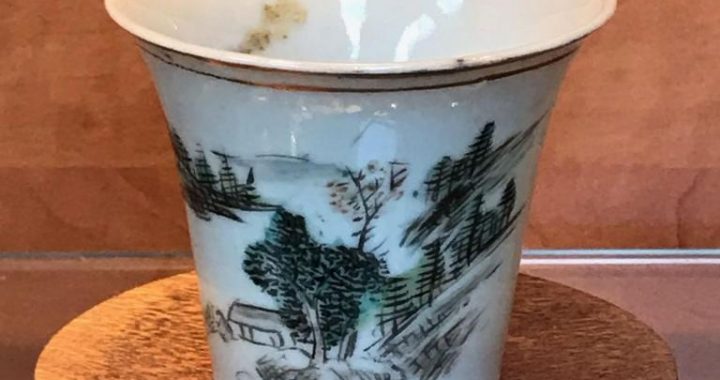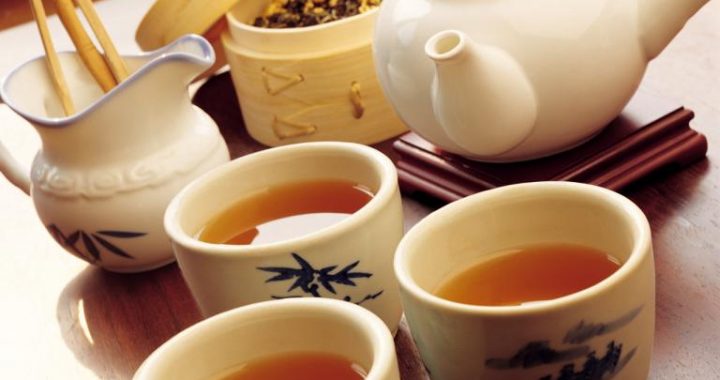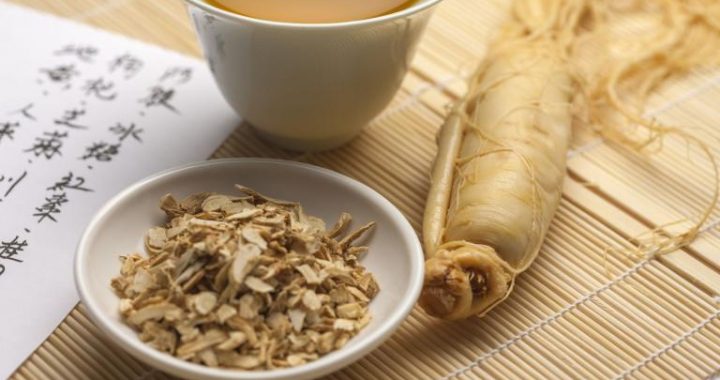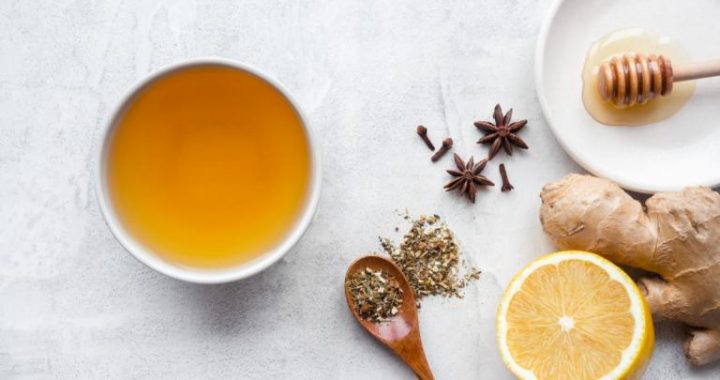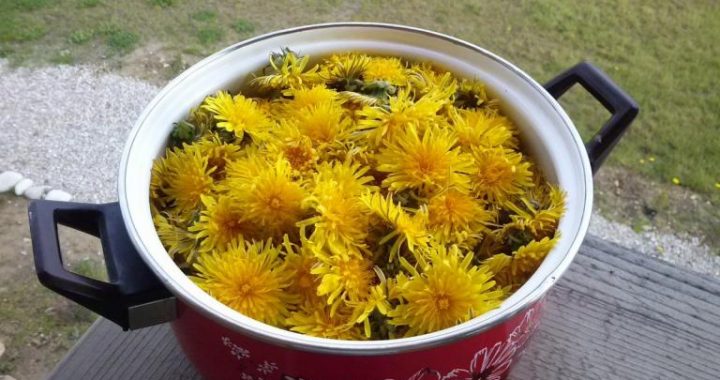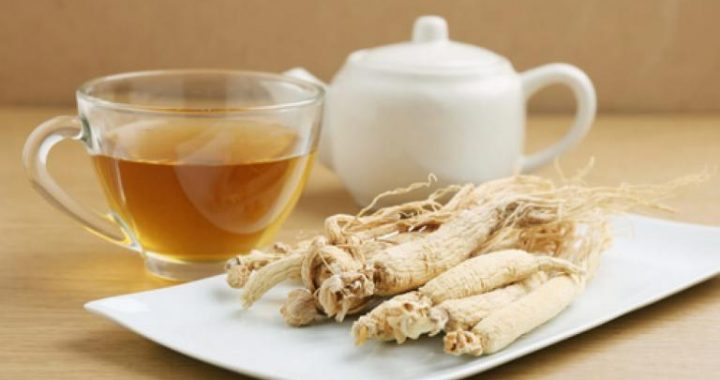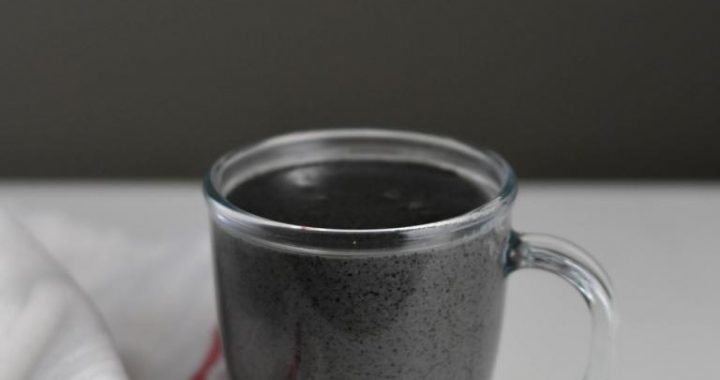The Functional Change of Tea Houses
3 min readWith the development of the society and the evolution of teahouse culture, teahouses were no longer the mere places that provided tea and tea drinking environment for the drinkers, but more importantly, they shouldered more and more functions and had a closer relationship with the society.
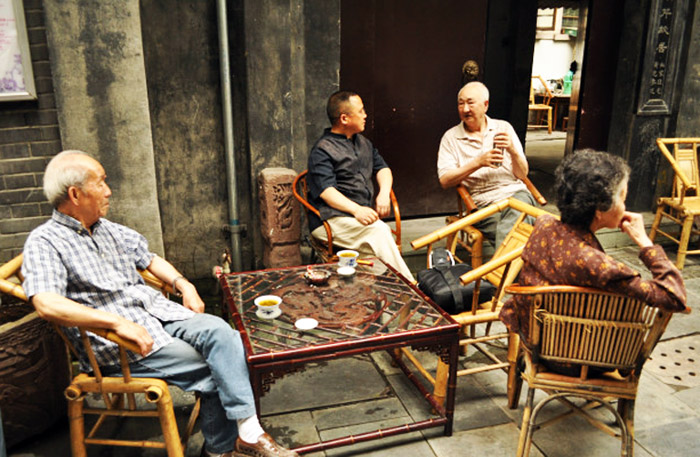
The Function of Amusement and Entertainment
Since the Song dynasty (960~1279), except serving tea to the customers, the teahouses also added the function of entertainment and pastime. In terms of environment, many teahouses were well decorated to provide people a graceful environment for tea drinking. And in addition to decoration, there were also many diversified amusement activities in the teahouses to satisfy the various demands of different people.
According to the Chaguanxianqing written by Wu Xuxia, many teahouses in the Song dynasty usually engaged in other kinds of business under the name of selling tea, for example the ones of pure entertainment, brothels under the name of teahouses and the tea houses mainly focused on gambling etc. According to another book, Menglianglu, besides the teahouses mentioned above that provided places for ballad singing, storytelling, prostitution and gambling, there were also football teahouses, the teahouses for the gathering of scholar-officials, and even the teahouses of selling other things.
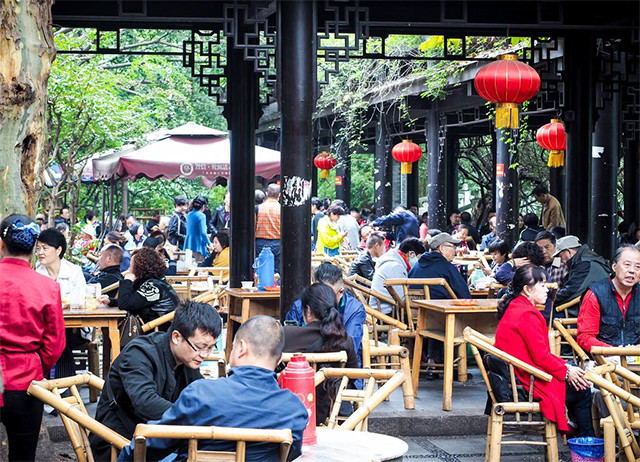
The Function of Culture Spreading
Developing to the Ming dynasty and the Qing dynasty, teahouses were no longer the places for people to satisfy their physical needs-thirst quenching, but theplaces for people to pursue the cultural and spiritual needs to some extent. No matter pure teahouses or teahouses with story-telling performances, they all satisfied people’s spiritual needs, which could be counted as the higher level pursuit of teahouse culture.
To the Qing dynasty, the forms of teahouses were more diversified, and the ways of running also varied a lot, such as pure teahouses, teahouses with story-telling performances, and teahouses blending with restaurants (cha-fan-guan) etc. In addition to drinking tea, people could also have meals in cha-fan-guan, but there were not as many kinds of food as in the restaurants, mostly some delicious snacks.
The teahouses with story-telling performances were very prevalent in the Qing dynasty. The Dongyuexuan out of Donghuamen and the Fuhaixuan in Tianqiao etc in Beijing were just famous teahouses with story-telling performances, ideal places for people to have fun. Besides storytelling, some teahouses also had operas. In the Forty Years of My Stage Life Mei Lanfang recalled,”The earliest opera houses were all called’ tea houses’, which were the places for people to gather, drink tea and talk together, and watching plays was no more than an accessory service.”
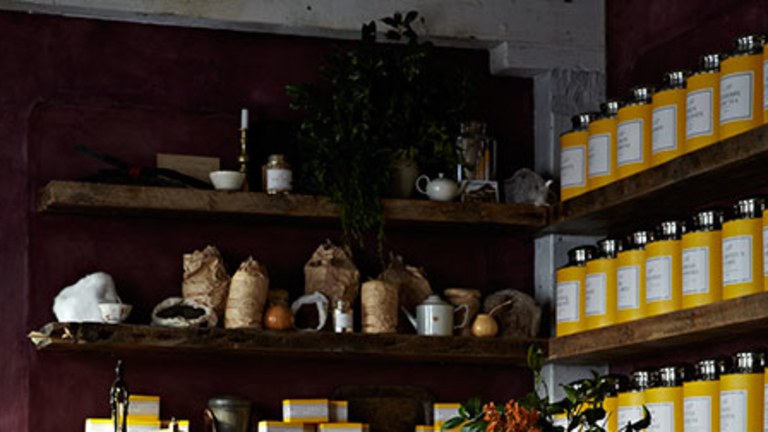
The Social Function
The teahouses in the past were open for people to drink tea and rest, and later the functions of amusement and communication also were added, but tea drinking was sti1l the important content. The men of letters emphasized tea, water and tea utensils in teahouses especially, which drove the teahouses to develop towards the elegant and delicate directions. This tendency and the folk tea drinking became two features of teahouses and were not mutually exclusive. With the development of thesociety, teahouses also shouldered other social functions, which could be reflected through some special teahouses. Although these shops were called teahouses, they held many various activities or performances, and the position of tea in the shops declined, only acted as a kind of medium.
